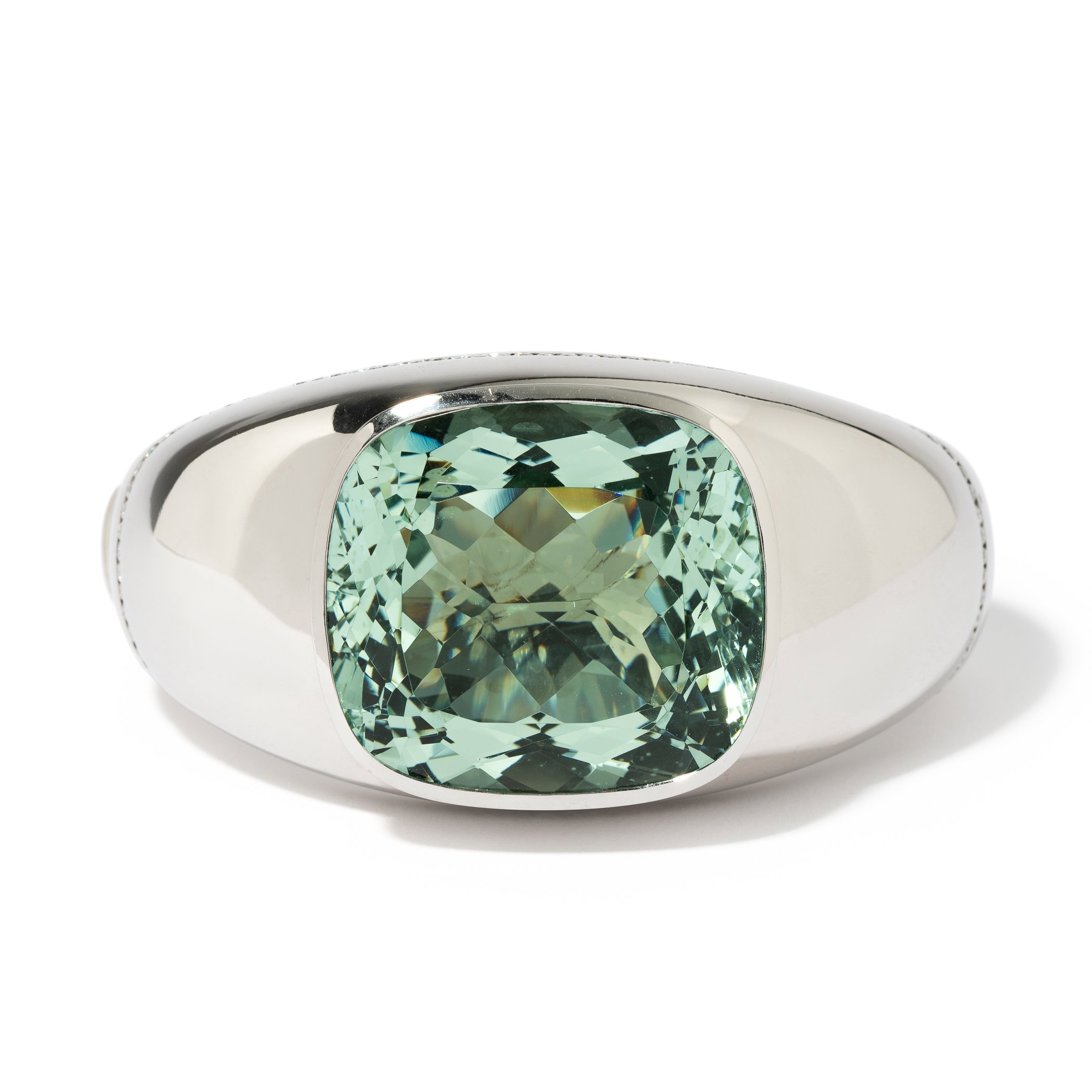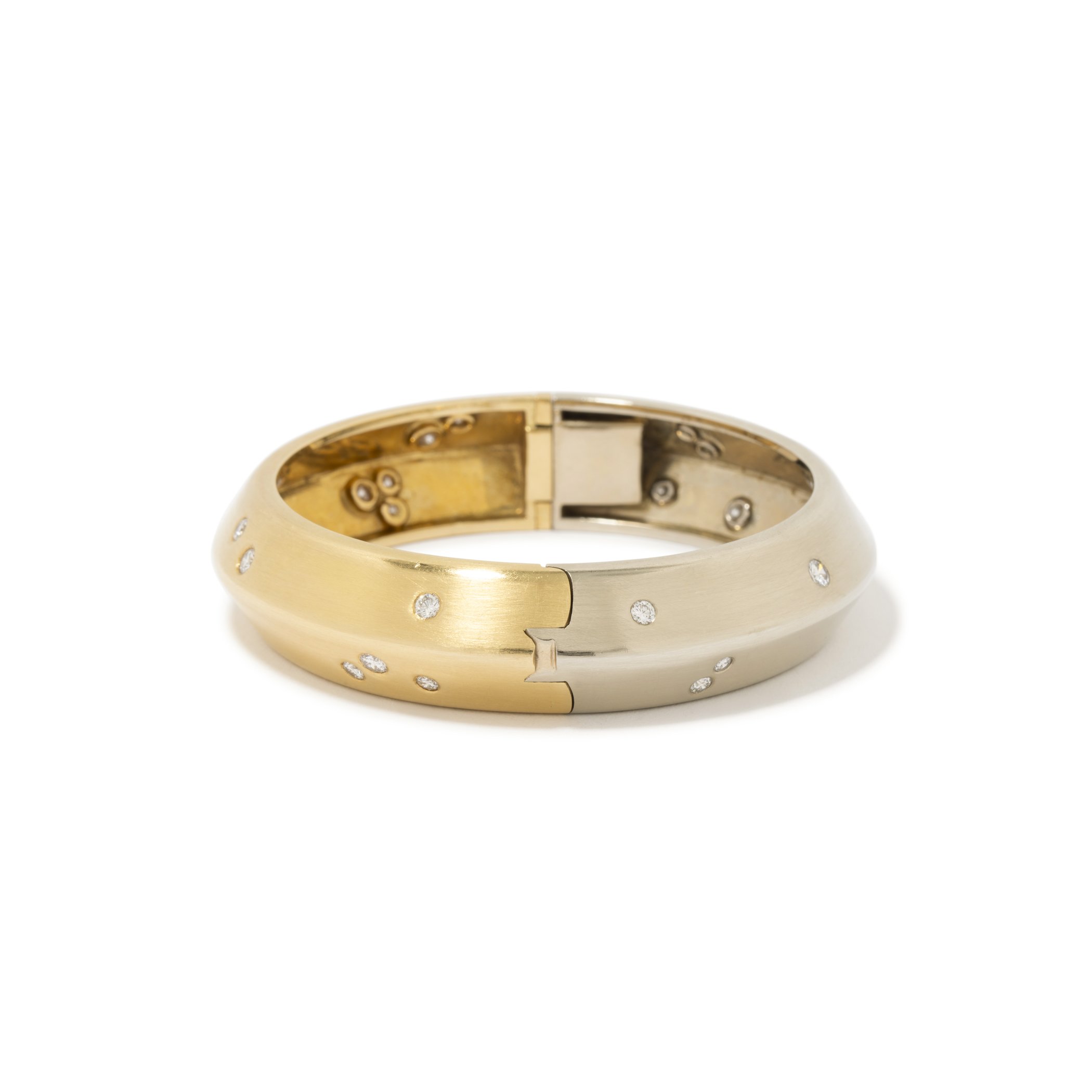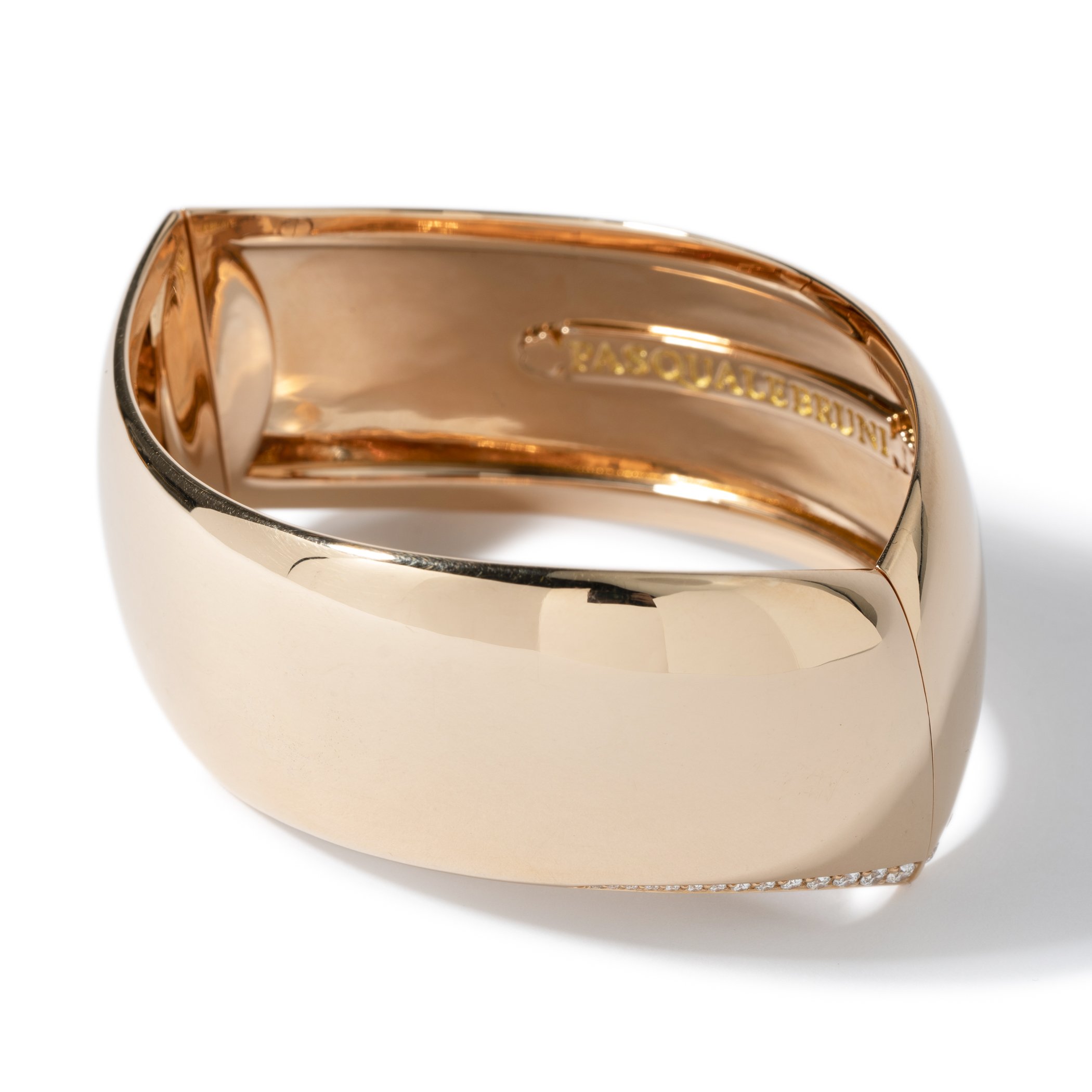The Luminous Allure of Gold, Platinum, and Silver: A Detailed Comparison for Connoisseurs
The world of precious metals is where brilliance meets artistry and monetary worth intertwines with sentimental value. Gold, platinum, and silver, each featuring unique characteristics and historical significance, play multifaceted roles in our lives. They shine brightly in jewelry, safeguard investments, and bridge the past with the present. In this detailed comparison, we unveil the intricate world of these coveted metals, providing insights for connoisseurs and newcomers alike.
Historical Significance
Throughout history, gold, platinum, and silver have held an esteemed place in the human experience. These metals embody the essence of ancient civilizations, cultures, and trade. Their allure and significance stretch back millennia.
With its gleaming luster and scarcity, gold was the hallmark of wealth and power in countless societies. From the pharaohs of ancient Egypt to the colossal treasures of the Inca Empire, gold's radiance symbolized grandeur and prestige.
Platinum, on the other hand, remained undiscovered by the Western world until the 18th century. In their quest for gold, the Spanish conquerors mistakenly dismissed it as an impurity in their gold mines. Today, it graces high-end jewelry, primarily in the form of exquisite engagement and wedding rings.
Silver, appreciated for its versatility and abundance, became a global medium of exchange and a foundation for monetary systems. It adorned royals, becoming the silver spoon that fed tradition and culture, and its radiance lit up the fashion world in the form of dazzling jewelry.
Composition and Characteristics
The unique compositions and characteristics of gold, platinum, and silver distinguish them in the worlds of adornment and investment. Understanding their properties is the key to appreciating their value and use.
Golden Luster
The most malleable of metals, gold is known for its radiant luster and remarkable density. Its unique properties allow it to be crafted into intricate jewelry pieces with unmatched durability. However, gold's soft nature makes it prone to scratches and damage if not cared for meticulously. Gold is known for its malleability, durability, and conductivity properties.
Pure gold is known as 24k (karat), while 18k is 75% pure and 14k is 58.3% pure. The lower the karat, the more alloys have been mixed with gold, therefore changing not only its karat but also its color. Because pure gold is too soft for fine jewelry use, metals such as silver and copper are added in varying ratios resulting in the yellow shade you see in most jewelry.
Gold is available in a variety of colors, most popular of which are its natural state of yellow, in addition to white and rose gold. Yellow gold is most commonly an equal mixture of silver and copper, while white gold is mixed with white metals such as silver, nickel, and palladium to give it its white hue. Oftentimes, white gold has an additional outer plating of white metal, such a rhodium, for an additional white effect. Rose gold, also called pink gold in some markets, is typically mixed with more copper than silver, giving it its rosy warm hue.
As with all colors, these gold varieties are available in a spectrum from buttery yellow, to warmer gold, to very pink. Goldsmiths often create custom alloys for their designers so the exact tone of the gold is unique to each brand.
Platinum Strength
Platinum, in contrast, boasts unparalleled rarity and remarkable durability. Its corrosion resistance and white-silver sheen make it an ideal choice for high-end jewelry, particularly for engagement rings and wedding bands. The strength of platinum ensures that jewelry endures through generations.
Silver Versatility
Silver is a versatile and affordable metal cherished for its excellent conductivity. Its affordability and beautiful luster have made it a favorite in trendy fashion jewelry and statement pieces. Yet, silver is more susceptible to tarnish, demanding consistent and appropriate care to maintain its brilliance.
Jewelry and Fashion
The world of jewelry and fashion relies on the unique qualities of these metals to craft pieces of alluring beauty and symbolic significance.
Gold, with various karat levels like 24k, 18k, and 14k, caters to diverse preferences and budgets. The cultural symbolism of gold is as rich as its color, signifying love, wealth, and power in different societies.
Platinum plays a prestigious role in the world of high-end jewelry. It's the metal of choice for engagement and wedding rings, characterized by its understated color and exceptional durability. Its lack of color is an excellent choice for diamond jewelry because, unlike yellow gold, platinum does not reflect any warm tones into the stones it surrounds. This means your diamond engagement ring will appear as white as it is graded.
Silver, known for its affordability, dominates the fashion jewelry scene. It's an excellent choice for trendy accessories because it allows designers to craft various styles at a lower cost than gold or platinum.
Investment and Value
Investing in precious metals offers stability and security in times of economic uncertainty. Understanding the investment potential of gold, platinum, and silver will help you make informed decisions about future investments.
Gold: Stronger Than the Dollar
Gold has been a reliable store of value for centuries. Its historical price trends and stability make it a favorite for investors seeking a hedge against inflation, deflation, and market volatility. There are myriad ways to invest in gold, including bullion, coins, and exchange-traded funds (ETFs). Due to the scarcity of this precious metal, gold has held its value through the ages and will always remain a high-value commodity.
Platinum: A Rare Protection Against Inflation
Platinum, while less common in investment portfolios than gold, offers similar stability and protection against market fluctuations. Platinum is rarer than gold and silver and has valuable industrial uses, primarily in the automotive industry. Its rarity and unique properties make it a valuable addition to a diversified investment strategy. Like gold, platinum can be purchased as bullion, coins, or through ETFs.
Silver: Versatility and Demand
Silver, often overlooked, is an accessible and affordable investment option. Its historical price trends reveal steady growth and a degree of resilience in economic downturns. Silver has a lower value and more volatility than gold and platinum, mainly due to its use in industrial processes. However, this also means its demand will continue to grow. Silver can also be used as legal tender in the United States. Purchasing silver is done through several avenues, including bullion coins and bars, and ETFs.
Maintenance and Care
Caring for your precious metal jewelry ensures its longevity and brilliance. Whether you possess gold, platinum, or silver pieces, understanding how to maintain them is essential.
Gold, while durable, can be susceptible to damage and scratches if not properly stored and cleaned. Regular cleaning and safe storage help maintain its radiance, preserving the beauty of your gold jewelry for years to come.
Platinum, on the other hand, demands minimal maintenance. Routine cleaning and professional care enhance the metal's natural luster, ensuring your platinum jewelry continues to shine with understated elegance.
Silver requires regular attention to prevent tarnish and dulling of its shine. Polishing and careful storage are essential practices to keep your silver jewelry looking its best.




Sustainability and Ethical Considerations
The ethical and environmental aspects of mining precious metals are of growing concern. Responsible sourcing and fair trade practices are becoming increasingly important in the world of jewelry.
With sustainability in mind, the jewelry industry has embraced greener practices and initiated various efforts to promote responsible approaches. Initiatives include using recycled metals, fair labor practices, and reducing the environmental footprint of mining.
Precious Metals’ Timeless Appeal
In concluding our journey through the historic world of gold, platinum, and silver, we recognize their enduring allure. These metals, each unique in its own way, have been an intrinsic part of human history, shaping cultures and economies. Their timeless beauty, whether worn as a symbol of love, a sign of wealth, or an expression of style, remains a testament to their timeless appeal.
As you explore the beauty and value of these precious metals, we invite you to appreciate the centuries of craftsmanship and the artistry they have inspired. Your journey may begin with a piece of jewelry, a treasured investment, or even an ancient artifact. Regardless of where you start, the radiance of gold, platinum, and silver will continue to captivate your senses and imagination.
Are you looking to sell your precious metals? Sell your jewelry with Windsor Jewelers to get the best value.




